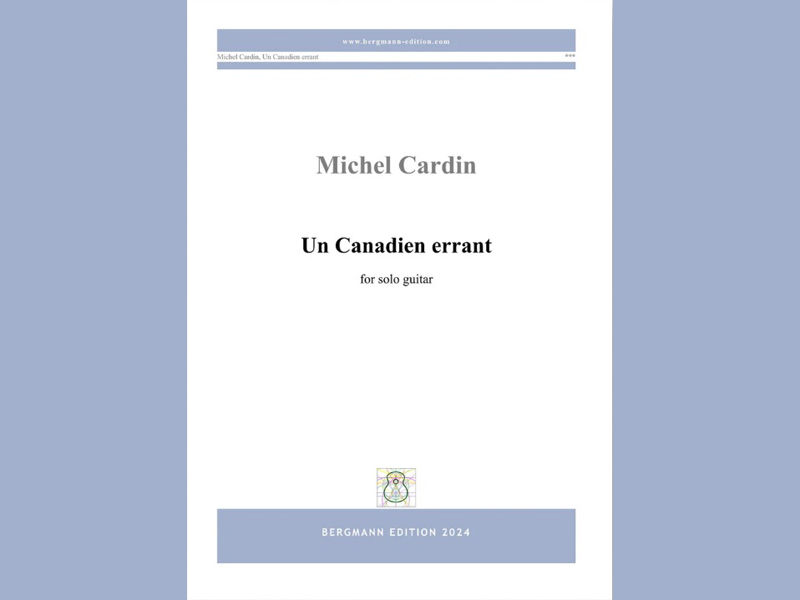Vincent Lindsey – Clark : The New Folias: DOz
- chrisdumigan
- Jun 27, 2022
- 3 min read

Vincent Lindsey Clark
Les Productions D’Oz: 15 pages
English composer Vincent Lindsey – Clark has written a lot of music for the guitar over the years and it has been my pleasure to see some of them. This latest piece at eleven plus minutes in length and being a new theme and variations of the Folias tune so famously written for the guitar by Manuel Ponce is perhaps his most adventurous and important solo work, that I have seen anyway! Dedicated to the marvelous player Daniela Rossi, who has done no less than three recordings of it on YouTube, this piece is immediately both very guitaristic and secondly not for the faint – hearted, as , in spite of Daniela Rossi’s brilliant performances this is a seriously difficult piece of writing, that requires a truly advanced player to do it justice.
It opens with a Delicato comprising of the melody in single notes in B minor, with a single – voiced harmony. However the entire first 20 bars of this theme are filled with many harmonics, both natural and artificial. The first variation is a semi –quaver accompaniment line atop the melody in the bars underneath, and being marked Con Moto really moves along, until a key change starts to develop the harmonies into less familiar territory, although still in the same two – voiced semi – quaver writing. Then a key change in E minor now reverses the situation with the semi – quaver line now in the middle of the melody on top, and a bass line underneath. A move to C# minor in 3 / 4, with moments in 6/8, and 5/4 is a variant of a Latin – based rhythm where the forward momentum of the music is considerable. This is an extended section of writing that takes the difficulty factor to a new level. Then, in contrast, a Lento takes over, which starts in an uncomplicated way, but quickly changes to become a variation that dives all around the fingerboard in a very effective and totally original way. Again, it really needs some wonderful playing to cope with it, especially as the multitude of accidentals in most of this do take some reading and therefore playing and because there is an instruction on an open D 4th , to change the tuning , whilst playing to a C# before continuing, not the easiest of things to do !The next variation has pizzicato, glissandi, tambora on a number of chords that change from one to the other very swiftly and which eventually lead to a low and open C# and an instruction to tune the string back to its original D, before carrying on. The next two variations are Allegro and full of semi – quavers topping 2 or 3 note chords leading to a very exciting climax involving some unusual chords to strum, and then a pause takes over. What follows is a variation of the original opening of the main melody and harmonic notes in between, and this in turn leads to a coda in the original B minor, on some harmonics.
This is a top – class piece of writing, and exciting piece of music that does use modern harmonies, but not too much that it doesn’t have key structures, because it does all the way through. However it is exceedingly tricky to perform, so you have to be a very good player indeed, but don’t let any such players be put off; it is a great piece of guitar writing.
Chris Dumigan




Comments